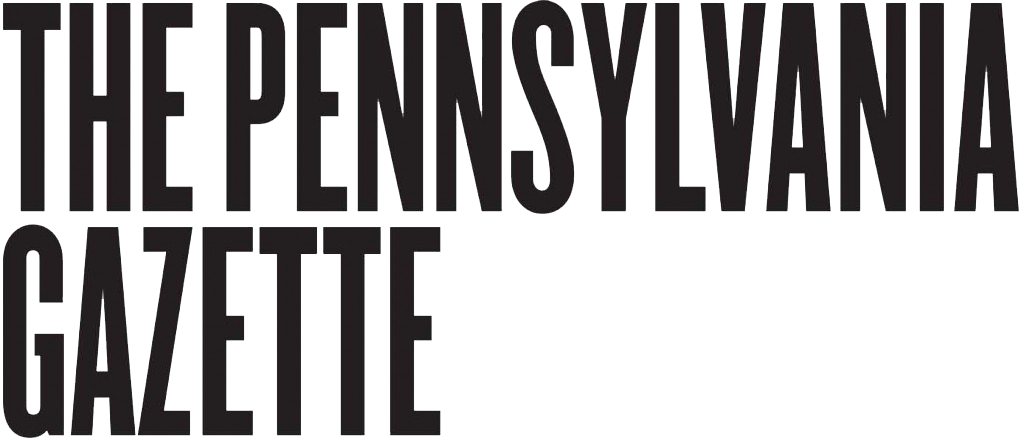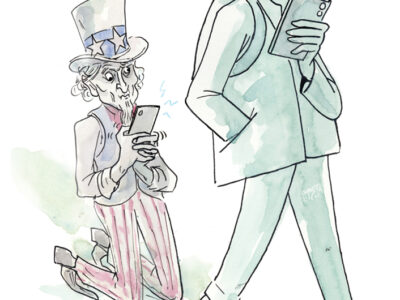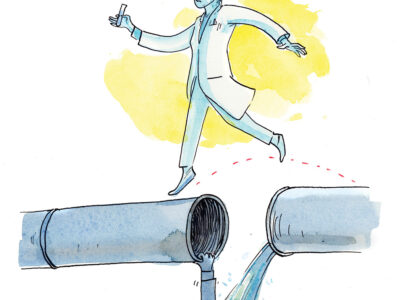
Most women—of all body types—hate it. Some tips for a better fit.
By Ali Cudby
For most of my life, bra shopping felt like an act of masochism. There was nothing in local stores that fit my busty body, and rather than blame the selection in the lingerie department I assumed my body was the problem. When I did eventually find bras that fit, I felt fantastic—so amazing that I began to study more about the field of lingerie and bra fit in particular. I developed expertise in a topic that would eventually become the basis of a bestselling book, Busted! The Fab Foundations Guide to Bras That Fit, Flatter and Feel Fantastic. Along the way, I heard a lot of women’s stories about their experiences in the fitting room.
Anita, a 45-year-old mother of two, knew she needed to go bra shopping, but after gaining a few pounds she didn’t want to spend money on herself until she had dropped the unwanted weight. Feeling embarrassed about her body and her G-cup breasts, she let her too-small bras fall into tatters, which made it difficult for her to feel professional in the clothes she wore to work each day.
Christina, a 24-year-old schoolteacher, had been hearing the same refrain for years from the salesladies at the shops. Whenever they spotted her petite frame, they told her to look for training bras in the children’s department, or worse, they suggested that she didn’t need a bra at all. Christina was too small for most lingerie, which ultimately made her feel less like a woman.
Tess, a 36-year-old lawyer, looked at her chest and felt utterly deflated, much like her breasts after nursing two babies. Without knowing any better, she continued wearing her 34D bras and assumed the sagging was a reality she would just have to accept.
What do these three women have in common? Their self-esteem factored significantly in their thinking about bra purchases. When women walk into the fitting room, they are followed by an emotional shadow, often having to do with negative feelings about their bodies. As one lingerie boutique owner observes, “You’re not really fitting just the bra, you’re fitting a woman’s self-image, her body image, and the societal perspective—and that comes with a lot of baggage.”
Some women feel a sense of breast shame that’s reinforced by messages projected daily in the media. All too often, women who are confident and successful in other realms of their lives walk into a lingerie store carrying anger and anxiety. Stepping into the fitting room can ratchet up insecurities, leaving them vulnerable, even to casual comments made by saleswomen.
This is true for women of every shape and size. Our media inundate audiences with images of barely-there models wearing the latest fashions, so I was surprised to learn that small-busted women are left with few choices for bras.
But therein lies a paradox. If you listen to the media messages, women should have stick figures for their clothes, but luscious curves beneath their couture. In reality, mainstream stores often have no adult lingerie for their petite customers. (Petite, in the world of lingerie, refers to small-cupped women and has nothing to do with either height or rib cage measurement.) Small-busted women report that they are often told to shop in the children’s department for training bras. Sometimes they are even advised to get implants, or go without wearing a bra. These comments can make the less-endowed feel as though their feminine identities are being called into question. As one petite-framed shopper reports, “When you can’t even fill an A cup, it’s like you don’t exist as a woman.”
Full-cupped females consistently say that shopping experiences leave them feeling like they are too much woman—as if an overabundance is somehow unseemly. One shopper tells of walking into a high-end lingerie boutique, only to have the salesperson tell her, point-blank, that she needed to have breast reduction surgery.
When both the petite and curvy cohorts are facing such comments, it’s no wonder women feel anxious about their bodies when bra shopping. In fact, our cultural attitudes about women’s breasts make it difficult to even begin a conversation about bras. The mere mention of the word is often dubbed deliberately provocative and unacceptable. And a discussion of bras in larger cup sizes can be outright controversial—it’s likely that at least some readers of this article were made uncomfortable by the mere mention of a G-cup woman. Yet bras are an everyday reality for women who come in sizes that range from AAA to N-cup, and an inclusive environment should, ideally, mean acceptance of everybody, and every body. Instead, sadly, the stories of Anita, Christina, and Tess are all too common.
In fact, studies show that 70 to 85 percent of women are wearing improperly fitting bras. That’s somewhere between 80 and 100 million American women who spend billions of dollars each year on garments that are actually bad for their health.
On top of the emotional issues women face in the lingerie department, there are physical ill effects stemming from improper fit. Chronic headaches, backaches, and shoulder pain are common maladies that can be traced to ill-fitting bras. The most common problems are those women fear most—namely, sagging and stretch marks.
Although there are significant inconsistencies in lingerie sizing, certain elements are constant when it comes to a properly fitted bra. In my book I lay out a comprehensive formula to help women find bras that fit their unique bodies, no matter what changes may occur. The three most fundamental aspects of fit are:
Bodies are not one-size-fits-all, so bra measurement systems shouldn’t be either.
If a single bra measurement system worked, women would not get their size wrong so often. Too often, when women accept these uniform measuring approaches, they end up assuming that subsequent failures are somehow their fault. Yet there are bras out there for every unique body—it’s just a matter of finding them.
Focus on fit instead of size.
There are few standards for fit when it comes to bras. Sizes differ from brand to brand, and even within brands there are differences from design to design. Not every style is right for every body type, and how a woman carries her breast tissue can have an impact on whether or not a bra works on her body. The way around the dilemma is to ignore size and focus on fit. In other words, you don’t have a bra size.
Buy fewer bras of better quality.
The amount of design and engineering that goes into a quality garment is often misunderstood and underappreciated. Finding a bra that fits well—and continues to fit properly over its life span—means investing in quality. In the end, a quality garment will provide better value because it will maintain its ability to lift and support for a longer period of time.
Arming women with knowledge about how their bras should fit addresses many of the challenges in the dressing room, and when women understand the key elements of fit they become more empowered in their shopping experience. Given the physical and emotional issues associated with improper bra fit, and the extent of the problem for women, fit is a concern that transcends its usual place in the back pages of certain magazines. Ultimately, bra fit is about much more than looking good in the latest fashions—it goes to the core of a woman’s self-identity.
Ali (Shapiro) Cudby C’91 WG’97 is the CEO of Fab Foundations, LLC, a marketing consulting firm. She can be found at www.fabfoundations.com and on Twitter @alicudby.




